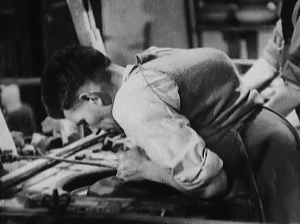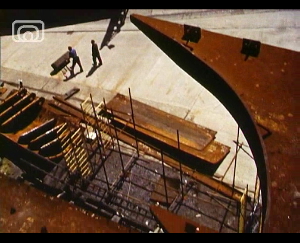Discussing and Analysing Factual Films
When we watch films for entertainment we do not necessarily pay attention to how the narratives are put together. Though this is a very pleasant experience, we can gain much more from examining these rich narratives more closely.
Film analysis involves watching a film more than once, discussing how screen narratives are put together and interpreting what they mean. Once you have learned how to ‘read’ a film in depth, you will gain even more enjoyment from the narrative.
Factual film and narrative construction
Most of the films in this collection are factual films: documentaries, public information films or advertisements. Here are some key questions to start your discussions after you have watched each film:
- Who was the film made for and why?
- How is the narrative ordered and structured? Often in factual films this is built around a simple rhetorical question, e.g. what is it like to be a shepherd? in O’er Hill and Dale; or ‘how were the first oil rigs set up?’ in The Wells of Montrose.
- Alternatively, does the narrative unfold through the desires and actions of characters, as in the short film Exercise Movie, the biographical documentary She Blazed a Trail or Travelpass - It’s Just the Ticket ?
- Are there different sequences to the narrative? How are these structured and organised?
- What are the main surprises in the narrative? You may want to list these as you watch the film. Then discuss them afterwards as a class to analyse how the narrative unfolded and turned to reveal new meanings.
- Are there any specific patterns to the way the film is constructed? These could be repeating sounds, shapes, visual or audio symbols, actions, gestures, contrasts, colours, locations, camera angles and movements, the use of music and sound FX, or a particular style of narrations - as well as the way all these elements and layers interact.
- How do these patterns help unify the film and reveal its themes?
- Were there any areas left unexplained or that puzzled you afterwards? If so, discuss these in class.
- Were there any areas of the subject matter that you would have liked to know more about?
- Is there a reason the filmmakers decided to leave this information out?
- Could anything have been filmed or produced better? If so discuss how would you have done this.
Talking about all these areas will help you understand what you have watched better. It will also help you to learn how to plan and create effective films of your own.
And remember there are no 'right' and 'wrong' answers, just observations supported by textual evidence.

